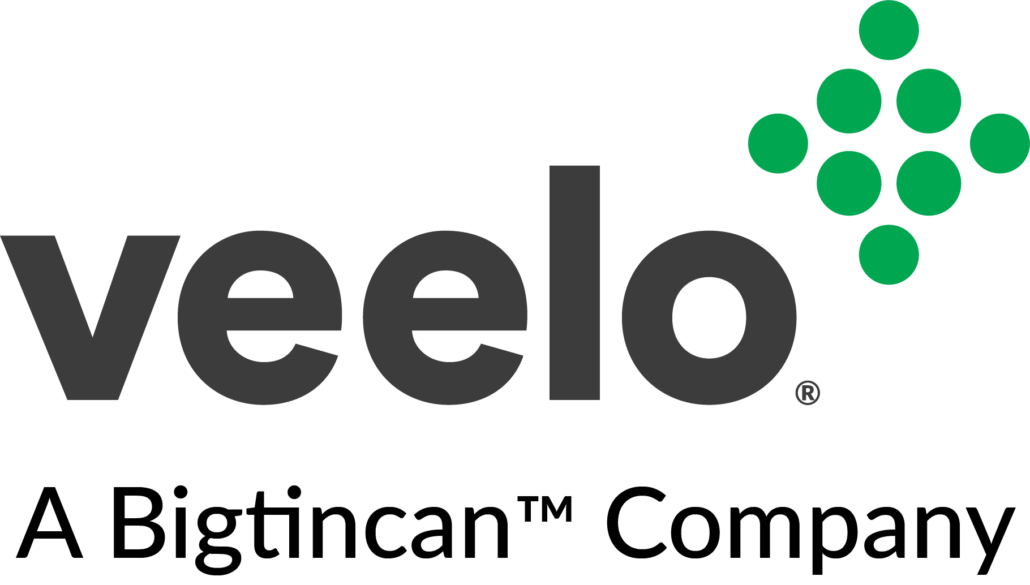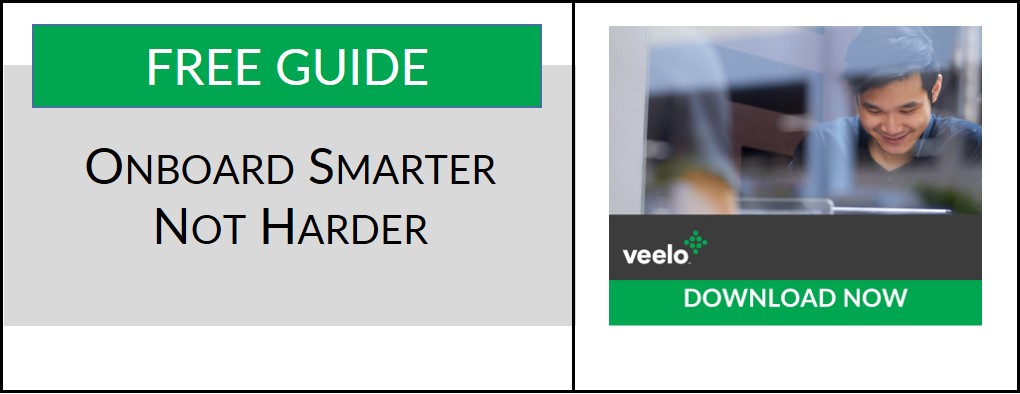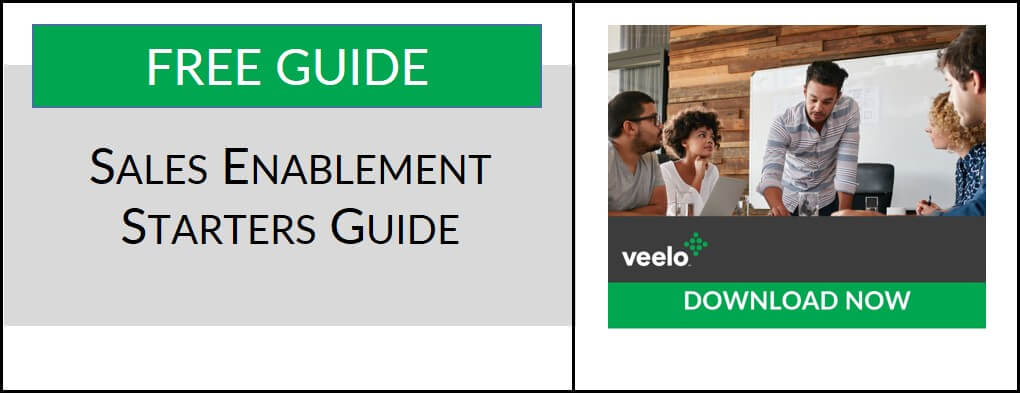3 Keys to Reducing Sales Ramp Time
Reducing ramp time for new sales reps is critical for the success of your entire business.
Sound surprising? It’s clear that reducing time to first dollar helps you boost sales. However, when you consider most reps stay with the same company for less than 2 years and the cost of employee turnover, reducing ramp time takes on a new sense of urgency. What can we do to maximize their effectiveness? How can we ensure they learn exactly what they need to succeed?
A few simple changes in your team’s training can dramatically increase their memory retention and recall in real-life situations. In this article we’ll look at 3 keys to reducing sales ramp time so your reps can rock their calls with confidence, every time.
1. Make Training Easy to Digest
Our minds have an extraordinary capacity to retain valuable information… but if we can’t recall it on a moment’s notice, we won’t perform at our best. This is especially important for new sales hires, who are often expected to learn an incredible amount during a one-time onboarding session. Even if we race through a whole binder of playbooks and product details, what good is it if reps can’t remember what they learned even a month later?
Research has shown that training is much more effective if it’s delivered in small bites (see here for our guide “The Science of Sales Training”). When reps initiate a new sales conversation, oftentimes they need to recall their value proposition, unique product benefits, and product details on a moment’s notice. For more complex sales, reps often need far more information. Yet in that moment, the last thing they need is a 20-page PowerPoint or an ultra-detailed sales sheet.
Picture those huge binders broken up into 3 – 5 page learning modules for each topic, and you start to see where we’re headed. We’ve all had the experience of trying to focus on page after page of dense, detailed text and then being asked to recall it later on a test. That’s a challenge for anyone, especially new reps learning your sales processes for the first time. Doesn’t it make sense to flip the script, and keep training materials brief and engaging? Not only are shorter training packets easier to understand and easier to recall, but they’re also easier to maintain and keep current.
2. Practice and More Practice
We’ve all heard that practice makes perfect. So why is this so often neglected when we onboard new hires and roll out new products? Just like easy-to-understand training modules can help reps learn and retain information better, practice helps them nail it.

Many sales manager are concerned with anything that takes reps away from revenue-generating activities, and with good reason. Insisting that reps practice what they learn during onboarding may seem like the opposite of revenue-generating activities, but practice is what gets you more revenue over time. Incorporate video coaching to scale practice and feedback for sales.
Research has shown that when we invest significant time and energy in practicing a new skill over time, our performance can be up to 2X better than those who hurriedly try to learn everything at once. Regular practice is also one of the core tenets of all successful onboarding programs. (Learn more about our 5 must-haves for effective onboarding here.)
3. Deliver Contextual Reinforcement
Sales reps need a way to find the right content for every situation without having to dig through content repositories or email five different people in other departments. Both of these options are far too expensive even before we factor in longer sales cycles. In fact, studies have shown that sales reps spend up to 43 hours every month looking for content. But it doesn’t have to be this way.
With the right technology, now we can remove this burden from their shoulders. We have the resources to automatically deliver the right content to reps based on the sales stage of their opportunities, their prospects’ industry, and even their buyer persona. Want to increase memory retention even further? Incorporate light gamification and short quizzes into contextual reinforcement. Curiosity boosts memory retention, and even guessing wrongly can help learning.
Looking for content is definitely not a revenue-generating activity, but applying the right content skillfully at the right times while reinforcing desired sales behavior? That’s what will help your team crush their quotas. While learning new skills and information takes time, it’s time well spent if it helps your team increase average deal size and shorten the sales cycle.
Making your training easy to digest will help your team retain more of it. Practicing those skills will help them refine it. Finally, reinforcing what they learned during real-life situations will help them apply it. All of these together will help you reduce ramp time for new reps, and give experienced reps the tools they need to fly even higher.



